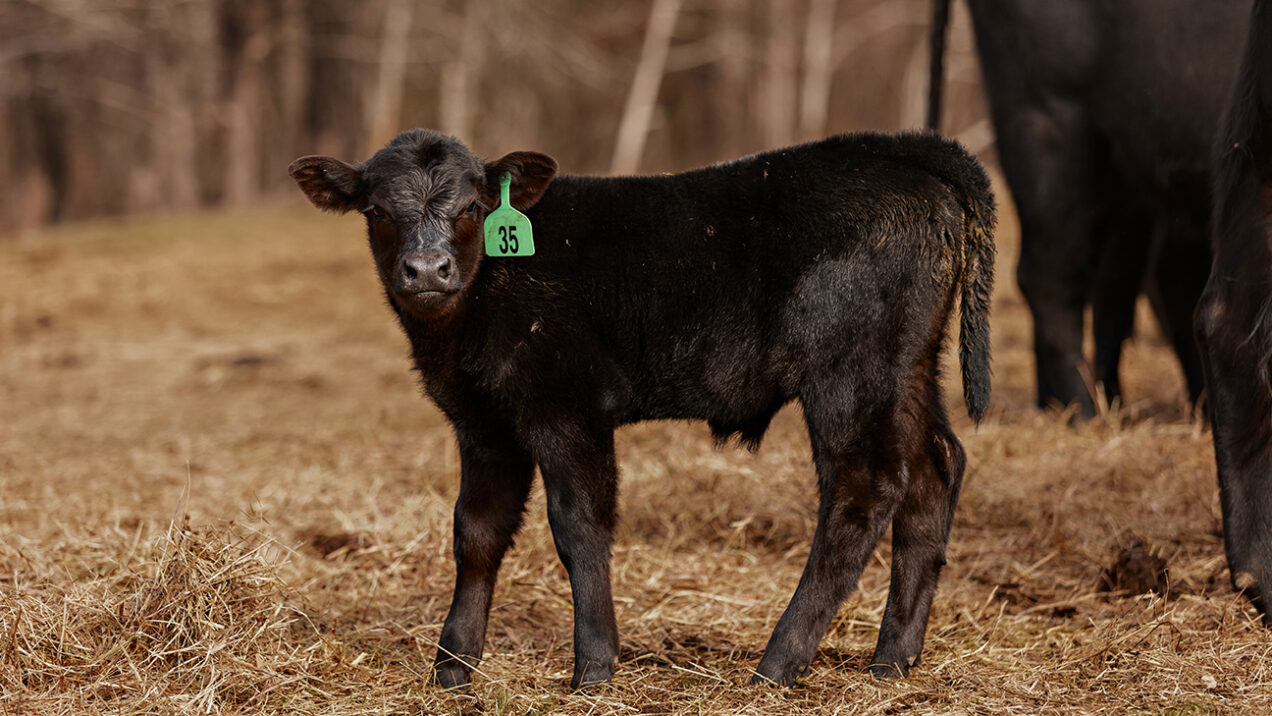Each year, most of the Oklahoma calf crop (~85%) is produced between February and May, with the bulk of them selling in early fall (September/October) before the weather gets too bad. The calf market responds to this, due to the sheer numbers of animals offered, by softening during these months. This pattern (there’s that word again!) is predictable, which begs the question: “Why do cattle producers continue to sell their calves when the market is at its seasonal low?” The specific answer is difficult to ascertain, but a broad answer centers primarily around
- Size of operation,
- Access to infrastructure,
- Dependence upon livestock as an income source, and
- Just plain ol’ “this is what I’ve always done, and I ain’t changin’.”
Fortunately – through research, education and outreach efforts – there are opportunities for even smaller producers to participate in management activities which can break this pattern.
I was very fortunate early in my career as a graduate student to work with Texas A&M’s Ranch to Rail program, offered to cattle producers who want to maximize marketing opportunities through knowledge gained from retaining ownership of a portion of their calf crop.
The first rule of any successful business is to offer a product that is both competitive in the marketplace and desirable to your consumer. For cow/calf producers strictly engaged in marketing weaned calves, their consumer base is the stocker (forage/feed based) and finishing sectors of the industry. Unfortunately, the beef industry is not known for sharing information, so even if you wanted to know the upstream performance of your cattle, it was hard to obtain information on who purchased them as it was seen as “proprietary,” and – if they had good cattle – gave the producer leverage.
Thanks to programs like Ranch to Rail, the industry has changed and continues to do so. A statement said to me very early in life has stuck with me: “Don’t ask a question if you don’t want to know the answer.” These early, producer-based programs allowed for information-sharing and subsequent management decisions, allowing the industry to become better in many regards, especially in the eyes of our ultimate end-user consumer.
The other day, as I was listening to a market report for “un-weaned” and “weaned” calves, the reality of this ideological change suddenly hit me. When first referenced, I didn’t think much about it as I knew the implied differences between the two categories. However, retrospectively speaking, it became ever apparent the terminology used today is a direct reflection of management changes over the last several years.
Literally speaking, “weaning” calves is the physical act of removing them from the lactating dam. This can and will be done either by management (presumably when marketed) or – due to natural circumstances – by the dam herself, thus all calves, when marketed, are weaned. However, over time, the difference has become reflective not only of the physical act but also the implied management practices (i.e. vaccinations, bunk/water break, uniformity, etc.) coinciding with the definition of “weaned” vs. “un-weaned” in today’s beef industry. This is a change that is ultimately good for everyone, especially the consumer, as well as the calves themselves.
You may be asking yourself, “what does all this have to do with me?” Well – glad you asked! I have an answer I think is a true success story, not only for the beef industry, but for all of agriculture.
If you’re a producer, you know the responsibility that comes with natural resource management and giving more to the land than you take from it. Many only get one chance to market calves and seek out options that take advantage of the advancements (i.e. commingling, cooperatives, process verification, etc.) discussed above. They are out there, even in some of the smaller venues. If you’re solely a consumer of agricultural products – and all of us are – rest assured that the hard questions are being asked and, even though some of the answers were tough to choke-down, changes are being made to reflect a more-consistent and differentiated product.
The proof is in the pudding.
